We have another guest post from tennis coach Evan Gaudreu on Consistent Game Planning. I hope you find it interesting.
The author of Consistent Game Planning, Evan Gaudreau, is a tennis coach on junior and college level (D1). He is rated above 5.0, trained at Van Der Meer Tennis Academy and played D1 college tennis himself. You can read his post about the Myth of Consistency in tennis here.
The women’s team was out on the tennis courts, warming up.
“Remember, we can’t talk to the players,” the Head coach said to me.
“Yup,” I said. “Such a weird rule. Eight days of no contact.”
The fall semester had just started, and it was the first day the girls could come out to practice.
“Ivy rules,” he said. “Some coaches don’t follow the rules.” He turned his head backward and looked at the Men’s team practice. The coaches walked around on the court, talking…coaching.
I watched the Men hitting briefly. I feel for those coaches, I thought. I would probably do the same. What a silly rule.
After I turned back and watched the womens’ team warm-up, one player stood out. She was short, but not short for a female tennis player. 5’4″. Forehand was aggressive, shooting through the court. Her inside-out had a nice side spin that angled and hit higher up the singles sideline, just beyond the corner of the service line and skidding out past the doubles ally.
Was she showing off, I thought.
Her inside-in was solid too. Her backhand was good, but not overly aggressive. Her head leaned into the contact. Slice backhand was ok. I was curious about the volleys.
“She doesn’t listen,” the coach said.
“Huh.”
“The girl you’re watching. She doesn’t listen. I had her last year to start. She was a high recruit—top 50 on tennis recruiting. I tried making her consistent. She just doesn’t get it. So I passed her off on last years’ assistant. He couldn’t do much better,” he said and laughed. “She’s all yours.” He patted me on the back as he walked away.
Are you challenging me, I thought. We’ll see.
I went to mental work. I watched her play points for eight days, made mental notes, and scribbled many notes in my notebook.
On the 9th day, the coach let me have a one-on-one with her.
I waited on the indoor court while the women were hitting outside. The door opened and she walked out. She saw me and walked over reluctantly.
“Listen,” I said, smiling. “I’ve been watching you play points and….”
“I need to be more consistent?” she said, interrupting.
I laughed. “No.”
She looked confused.
“I like your game. I’m an aggressive baseliner too,” I paused. “At least when I was younger,” I added.
She smiled.
Good, I thought. She has a tough look, almost stubborn. Those are my favorites. They remind me of myself.
“I want you to do the opposite. To attack.”
She smiled again.
“But what I want to show you is how to blow up the backhand corner. You’re inside out is strong and it’s going to cause a lot of problems for your opponent. The worst-case scenario is they return it weak down the line and you can put it away.”
Her eyes widened.
“The problem is you don’t stay consistent with that game plan. You pull your inside-ins to early in the match. I need you to trust me on this.”
We went on the court and started playing points. I had her continuously, consistently, attack the backhand corner. As the hitting continued, she began pulling me more off the court, setting up a weak reply. She moved into the court and crushed the weak balls to the open court. I put my right hand up, sticking up my thumb and smiled.
When we took a water break, I noticed she had a spring in her step.
“What do you think?”
“That was fun!” She said.
I took a sip of water. “There are two more attacks that go with that. You’re going to need to know when to go back down the line on the short ball. And then you will need a volley putaway also. But the volley putaway will be easy because I’ve watched your swinging volley. It’s nasty.”
Her face beamed.
“You ready to do more?”
She turned and jogged back to the baseline, kicking her heels up, alternating feet.
We continued the workout.
The backhand attack pattern worked religiously in practice for the next few weeks. She would look for me on occasion and smile, making me feel like I had made a breakthrough.
During the first few weekends of invitational tournaments, she had a lot of success. Beating players’ she lost to the previous year.
Previously, at practice, she asked. “When should I change the open court pattern on the short ball?”
“For starters, you never have to change a winner. If you’re getting winners, it means the player is slow or they’re not getting out of the box quick enough.”
“Box?”
“Backhand corner,” I said. “You can continue the pattern until they make contact.” I paused. “Where do you think they’ll go when they make contact on the run?” I asked.
“I’m not sure. Crosscourt?”
I stared at her, smirking.
“Down the line?”
I shrugged.
“Go on the other side of the court,” I said.
She walked over to the baseline.
“Go to the halfway point on the Ad side.”
She moved a few steps.
“I’m going to feed you topspin balls crosscourt. Try to go crosscourt.”
For the next few minutes, I fed her “tough” balls crosscourt.
We stopped hitting.
“Where are your shots going?”
“Down the line more or less,” she said.
“Yes. And occasionally over the middle. But never crosscourt.”
She smiled.
“Watch this, though. Do it again.”
I fed her slightly weaker balls and some that landed shorter, just beyond the service line. Her shots consistently hit crosscourt, to my right.
“Speed kills. Notice the weaker or shorter balls were easier to go crosscourt, but the deeper balls and faster balls go down the line.”
She nodded.
“When you hit the crosscourt short ball strong, it’s a line cover.”
“What?”
“Your opponent can only go line. Or middle but that won’t matter. The point is over. Even the pros on tour fail at this. They don’t know their coverages. Nobody teaches the net anymore. Everythings’ about technique nowadays.”
“Ok…I get it. But when should I go back down the line instead of opening the court?”
“When you see your opponent crosses the hash mark.” I pointed to the small line at the middle of the baseline. “When I play, I watch my opponent’s position immediately after the ball clears the net. That tells me if I’m in good shape because they haven’t crossed the hash or I’m in trouble because they’re well past it.”
She looked confused.
“So, if I hit the short ball crosscourt and I see my opponent hasn’t crossed the hash mark, I know it’s a line cover already. Or maybe a lob. But, if they crossed the hash, they might be able to “sneak” it back crosscourt on me. At that point, I will still cover the line. Until they beat me crosscourt a few times.”
We worked on this during the fall and the results showed. She was on her way to controlling the baseline points. This freed me to spend time with other players who needed more immediate help. It also helped because outside of practice. She was singing my praises to players on the team, to parents. Solve one problem, and all the other problems go away—kind of. Whenever I spoke, the players listened.
Then we hit the wall against a player from Yale. The pattern worked for a set and a half and then the match turned, in the favor of the other player.
She was upset after the match.
“I could have won that match.”
“You could have, but not today.”
She looked at me, eyes squinting.
“Listen, the patterns we’ve been working on have been working, right?”
“Yes.”
“What changed?”
She thought for a few minutes.
“Your backhand?”
“It sucked.”
“It didn’t suck. It just wasn’t helping. You were pressured to go down the line early because her backhand was getting stronger as the match went on because of the relentless attacks to it.” I paused. “This is a great learning experience. You learned two things. One, when you go to the well and consistently attack the backhand, the players will get a lot of reps and the players we ran into previously weren’t good enough to adjust. This girl was. That’s a good thing. Now, you understand we need to work on your backhand so players cannot get out of trouble.”
She punched me in the arm.
The lesson
The lesson here is to learn how to beat up a backhand corner consistently. Whether you are mixing up pace and height or attacking with a strong inside-out pattern, then it’s adding to that gameplan. Most players get insecure and open the court too early in the match, never establishing a pattern. So many players see the open court and use it. The trick is deciding when not to open the court and let your opponent run to the open court while the ball is going in the other direction.
1) Attacking backhand corner
2) Short ball to the open court
3) Volley to the open court
4) Shift your opponent over the hash mark
5) Back down the line
This is what I call progression tennis. Adapting. Some matches will start out down the line on short balls or volleys because the opponents are off to the races, chasing across the court. After all, most players hit into the open court to start out the match. How you start the match and adjust is up to you and it’s also up to what your opponent is doing.
Coaches lesson
1) One thing I learned over time is to find the player on the team that the other players look up to, for whatever reason. Get them to trust you and the rest of the team follows instead of using your fragile ego.
2) Don’t be afraid to lose points to your players. Women don’t care. They don’t care how good you think you are. They just want someone to be on their side.
Start using your brain on the court.
And keep getting better.
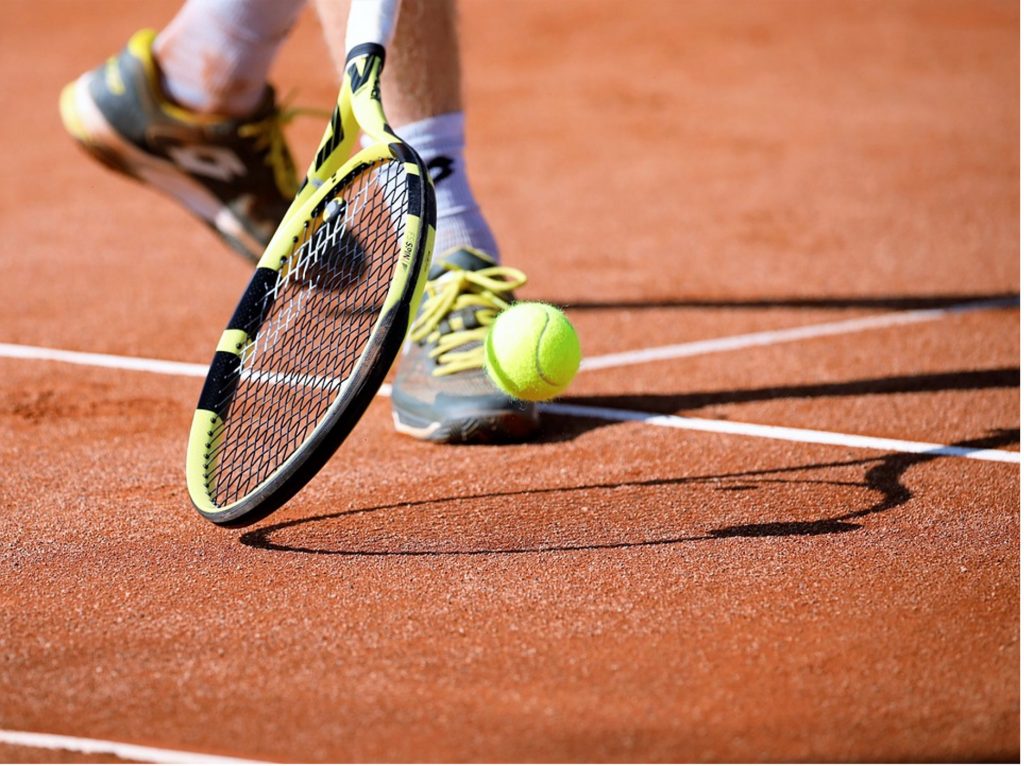



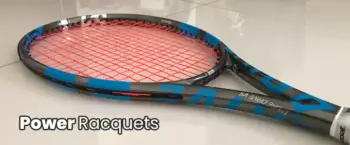
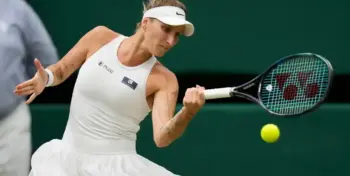
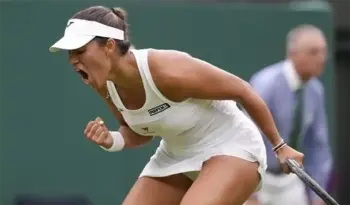





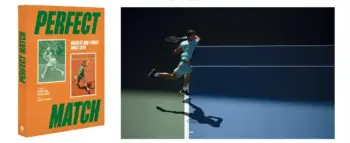



A great read – thank you. I love this kind of stuff.
I will need to go over this a few times as it’s the next level for me and patterns aren’t yet part of my intermediate arsenal.
Cheers.